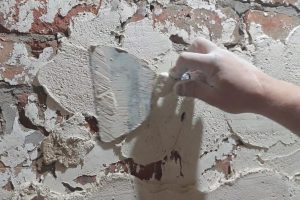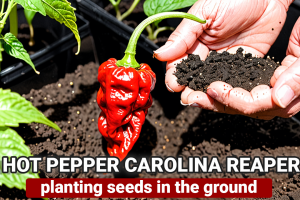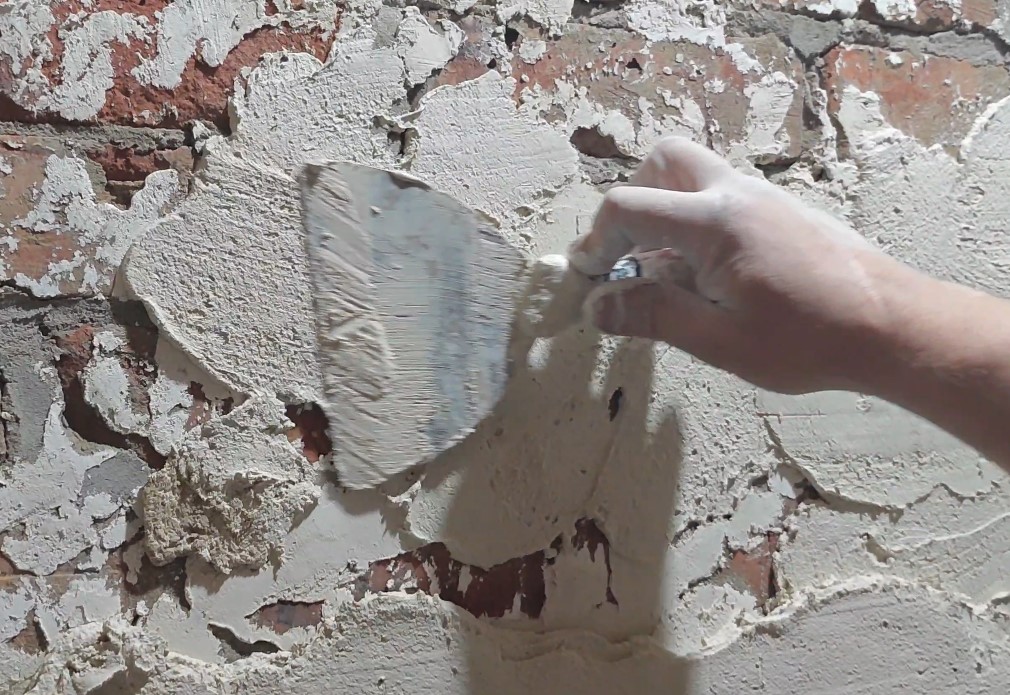Wall plastering is an ancient art that has been used for centuries to create smooth, even surfaces in homes and buildings. While it may seem like a straightforward process, professional wall plastering requires skill, patience, and attention to detail. In this article, we’ll delve into the world of wall plastering, sharing tips, secrets, and expert advice on how to achieve a professional-grade finish.
Understanding the Basics
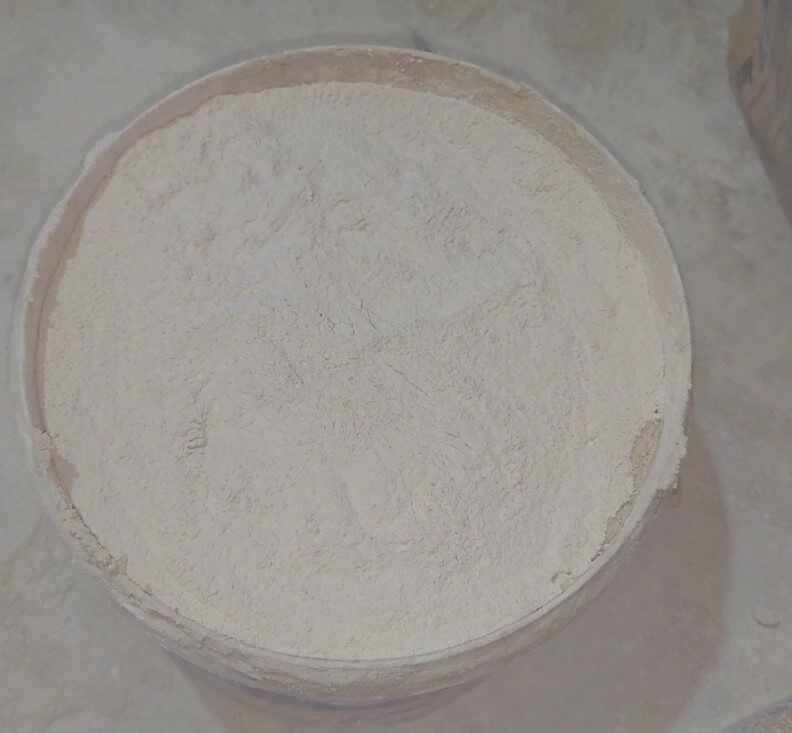 Before we dive into the nitty-gritty of wall plastering, let’s cover some basics. Plastering involves applying a mixture of water, sand, and binding agents (such as lime or cement) to create a durable, smooth surface. The goal is to achieve a seamless joint between individual coats, resulting in a finish that looks like it was poured from a bucket.
Before we dive into the nitty-gritty of wall plastering, let’s cover some basics. Plastering involves applying a mixture of water, sand, and binding agents (such as lime or cement) to create a durable, smooth surface. The goal is to achieve a seamless joint between individual coats, resulting in a finish that looks like it was poured from a bucket.
Preparation is Key
A successful plastering job begins with proper preparation. This involves:
1. Cleaning the wall : Ensure the surface is free of dirt, grease, and old adhesives. Use a wire brush or scrubber to remove any stubborn stains.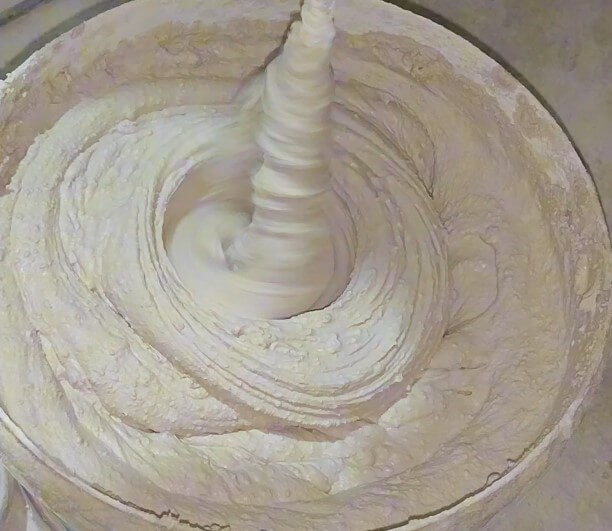
2. Repairing cracks and holes : Fill in any gaps or holes with joint compound or spackling paste, allowing it to dry completely before applying plaster.
3. Taping off adjacent surfaces : Protect surrounding areas (such as baseboards, trim, and windows) with tape to prevent splatters.
4. Priming the wall (optional) : Apply a primer to create a strong bond between the old surface and new plaster.
Choosing the Right Plaster Mix
A good plaster mix is essential for achieving a smooth finish. Consider the following factors when selecting a plaster:
1. Type of plaster : Lime-based plasters are suitable for historic buildings, while cement-based plasters are better suited for modern structures.
2. Mix ratio : Aim for a ratio of 3 parts sand to 1 part plaster (by volume).
3. Additives : Consider adding fiber-reinforced mesh or aggregate to improve strength and durability.
Applying the First Coat
The first coat, also known as the “scratch coat,” sets the foundation for subsequent layers. Follow these steps:
1. Apply a thin layer : Use a hawk or trowel to spread the plaster mix evenly, working from top to bottom.
2. Use a scratcher : Create a series of scratches on the surface using a specialized tool (such as a steel lath or a scratcher).
3. Allow to set : Let the first coat dry completely before proceeding.
Adding Multiple Coats
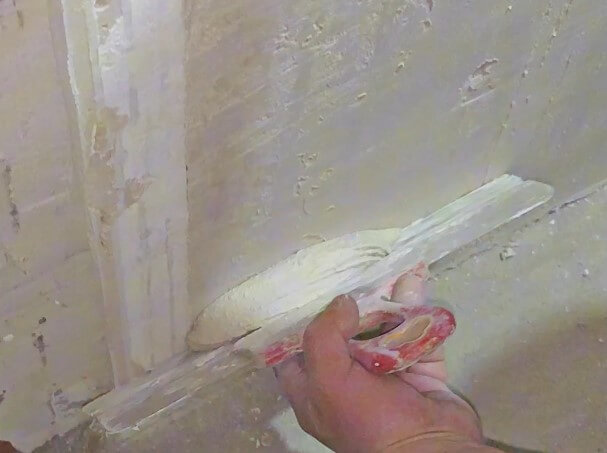 Additional coats are necessary to achieve the desired level of smoothness and thickness. Follow these guidelines:
Additional coats are necessary to achieve the desired level of smoothness and thickness. Follow these guidelines:
1. Apply subsequent coats in thin layers : Work from top to bottom, allowing each layer to dry before adding the next.
2. Use a smoothing trowel : Use a finishing trowel or float to create a seamless joint between coats.
3. Sand between coats (optional) : Lightly sand the surface between coats to remove any imperfections.
Tips and Secrets from Professionals
Here are some insider tips to take your wall plastering skills to the next level:
1. Use a “trowel with an edge” : A trowel with an edge will help you create a smooth, even finish.
2. Work in small areas : Divide the surface into manageable sections to maintain control and prevent mistakes.
3. Don’t overmix the plaster : Avoid mixing the plaster too much, as this can lead to air pockets and imperfections.
4. Keep the wall moist : Use a spray bottle or sponge to maintain a consistent moisture level during application.
5. Practice, practice, practice : Like any skill, professional wall plastering requires practice and patience.
Common Mistakes to Avoid
Don’t let these common mistakes sabotage your plastering project:
1. Insufficient preparation : Failing to clean the surface or repair cracks can lead to a subpar finish.
2. Inadequate mixing : Improperly mixed plaster can result in air pockets, shrinkage, and uneven surfaces.
3. Overmixing : Overmixing can create a paste-like consistency that’s difficult to apply evenly.
4. Not allowing enough time for drying : Rushing the process can lead to premature application of subsequent coats.
Professional wall plastering is an art form that demands attention to detail, patience, and practice. By following these tips, secrets, and expert advice, you’ll be well on your way to achieving a smooth, professional-grade finish. Remember: preparation is key, and a good plaster mix sets the foundation for success.



